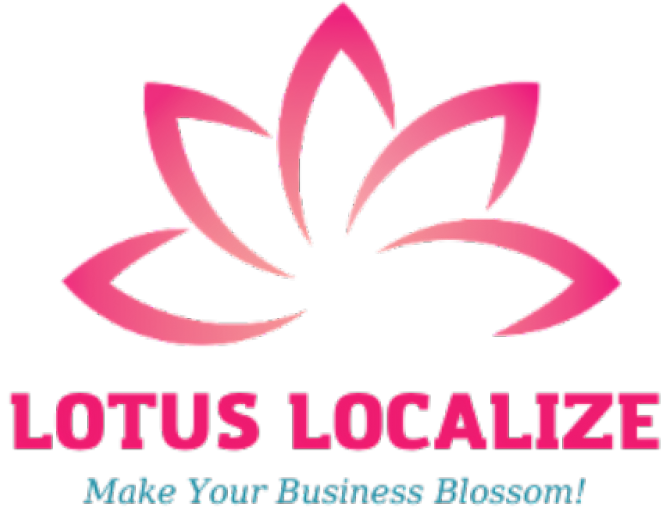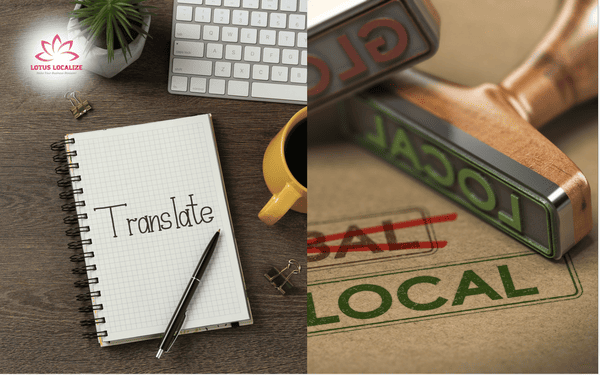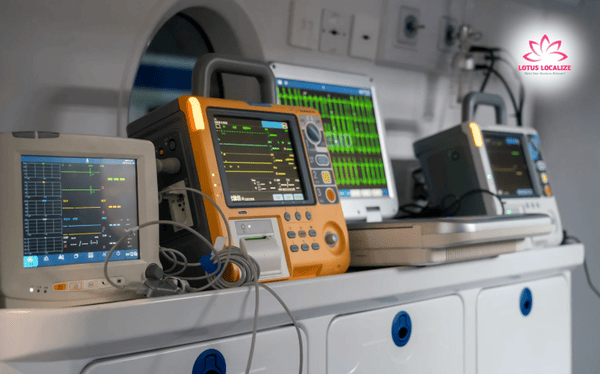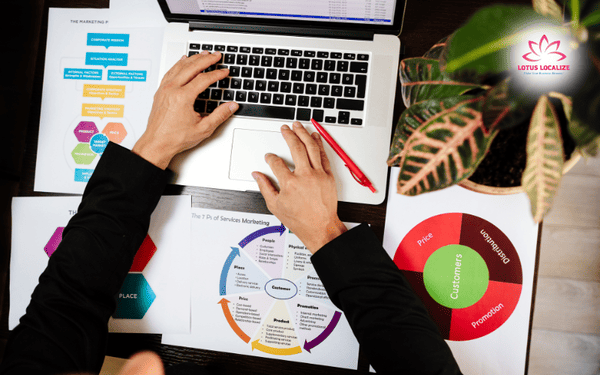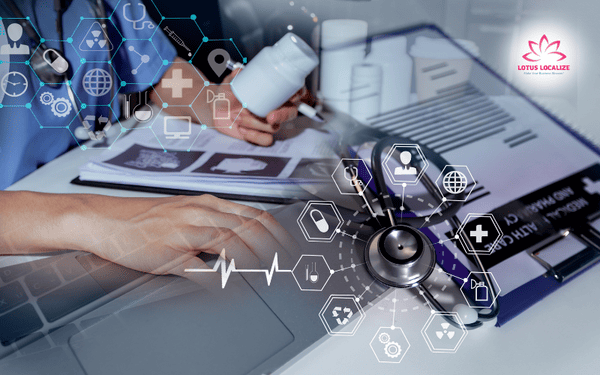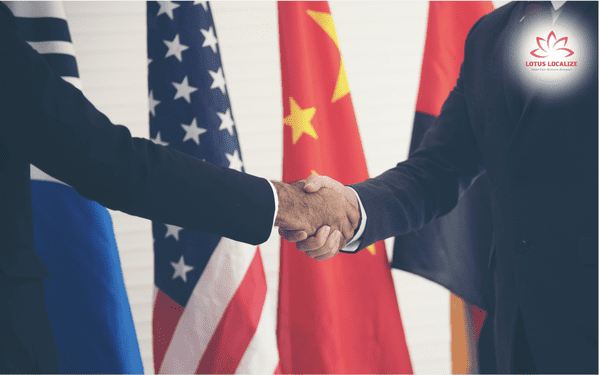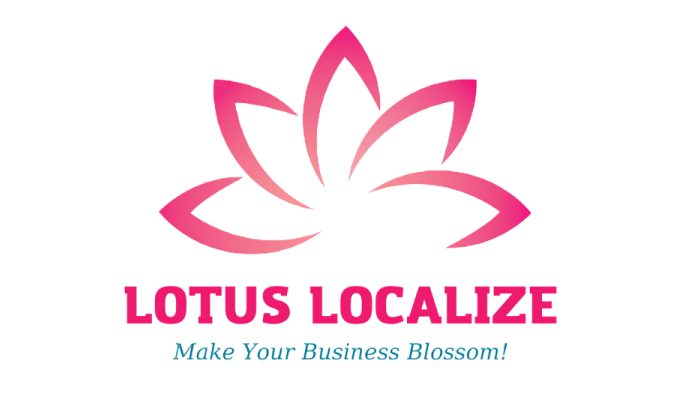
Understanding medical localization: A comprehensive guide
In today’s globalized world, healthcare providers and medical companies are striving to reach audiences across diverse linguistic and cultural landscapes. This is where medical localization comes into play, ensuring that medical content resonates with local audiences while maintaining accuracy and compliance. Often confused with medical translation, localization goes a step further by adapting content for cultural nuances, legal requirements, and audience expectations. In this guide, we’ll explore the essentials of medical localization, why it’s important, the key areas it encompasses, and how to navigate its challenges effectively.
What is the definition of medical localization?
Medical localization refers to the process of adapting medical content, software, or devices to meet the specific cultural, regulatory, and practical needs of a target audience.

This includes translating text, but it also involves modifying measurements, drug names, images, and ensuring compliance with local healthcare regulations. The goal of medical localization is to ensure that healthcare materials are both linguistically accurate and culturally relevant, facilitating better understanding and improving patient care across different regions.
What sets medical localization apart from medical translation?
At first glance, medical translation and medical localization may seem similar, as both involve rendering medical content into another language. However, the scope of localization extends far beyond translation. Key differences include:
Aspect | Medical translation | Medical localization |
| Definition | The process of converting text from one language to another. | Adapting content, software, or devices to meet cultural, regulatory, and practical needs of the target audience. |
| Focus | Linguistic accuracy in the translation of medical terms. | Cultural relevance, regulatory compliance, and user preferences in addition to linguistic accuracy. |
| Scope | Word-for-word conversion of medical documents. | Modifying text, images, measurements, drug names, and ensuring the content aligns with local standards. |
| Cultural sensitivity | Focus on direct translation without cultural adaptation. | Ensures content resonates with local norms and idiomatic expressions, improving patient understanding. |
| Regulatory compliance | Ensures linguistic accuracy but does not address local regulations. | Ensures adherence to local healthcare regulations and standards. |
| Technology | Translation of text in medical documents. | Adjusts medical software interfaces, websites, and mobile apps to meet local needs and preferences. |
This dual focus on linguistic precision and cultural relevance makes medical localization a more comprehensive and indispensable process for global healthcare providers.
Read more: How biotechnology translation drives global health advancements and innovation
Why is medical localization so important?
Medical localization is not just a matter of convenience; it’s a necessity. Here are several reasons why:
- Ensuring patient safety: Accurate and culturally adapted medical content minimizes the risk of misinterpretation, which could lead to serious health complications. Misinterpreted dosage instructions or medical advice can have life-threatening consequences, making precision essential.
- Regulatory compliance: Different countries have specific rules governing medical content. Localization ensures adherence to these regulations, avoiding legal repercussions. For instance, drug labels and instructions must meet the specific formatting and language requirements of the target country.

- Building trust: Culturally relevant and accurate materials enhance the credibility of medical brands and foster trust among patients and healthcare professionals. When patients feel understood and respected, they are more likely to engage with the healthcare system positively.
- Enhancing market reach: Localization opens doors to international markets, enabling companies to connect with non-native speakers more effectively. With healthcare being a universal need, localized content ensures inclusivity and accessibility for diverse populations.
Localization also plays a role in medical research, where clinical trial documentation must be understood by participants from different backgrounds. This ensures that participants can provide informed consent and comply with study protocols, ultimately supporting better research outcomes.
Key focus areas in medical localization
Medical localization spans several domains, each vital for ensuring quality and precision:
- Patient-facing materials: This includes instructions for medical devices, consent forms, and patient education brochures. Accurate localization ensures patients can follow guidelines correctly. For instance, adapting visuals and examples to reflect the local population can enhance comprehension.
- Pharmaceutical content: Drug labels, inserts, and promotional materials must be localized to meet regulatory standards and resonate with local markets. This often involves converting measurements, adapting terminology, and ensuring that side effect warnings are clearly understood.

- Clinical trial documentation: Informed consent forms, study protocols, and investigator brochures require meticulous localization to maintain compliance and clarity. Ensuring that participants understand the risks and benefits of a trial is crucial for ethical and legal reasons.
- Digital healthcare tools: Mobile apps, websites, and software for telemedicine or diagnostics must be localized to provide a seamless user experience for diverse audiences. This involves not only linguistic translation but also adapting user interfaces, workflows, and support materials to meet local expectations.
Each of these areas requires a tailored approach to ensure both linguistic accuracy and cultural relevance. Ignoring any of these domains can result in significant barriers to effective communication and patient care.
Overcoming common challenges in medical localization
Despite its importance, medical localization presents several challenges:
Complex terminology
Medical jargon can be difficult to translate accurately without losing its meaning. Specialized expertise is crucial. For example, translating “epidemiology” accurately requires understanding both the term and its implications in a healthcare context.
Solution: Partnering with medical professionals or subject matter experts during the translation process ensures precise terminology. Additionally, building a glossary of medical terms and their equivalents in different languages can help maintain consistency.

Regulatory variability
Different countries have unique regulations, requiring localized content to be reviewed by legal and regulatory experts. Navigating these regulations can be time-consuming but is essential to avoid compliance issues.
Solution: Engage local regulatory experts during the early stages of localization to ensure that the content meets all legal and regulatory requirements in the target market. This can help streamline the process and reduce the risk of compliance errors.
Cultural sensitivity
Adapting content to avoid cultural taboos or misinterpretations requires deep cultural understanding. This includes avoiding imagery or phrasing that might be offensive or misunderstood in the target culture.
Solution: Work with local cultural consultants who can guide the adaptation of medical content to avoid miscommunication or cultural insensitivity. Conducting focus groups or pilot testing with the target audience can also help identify potential issues before finalizing content.
Technological integration
Localizing digital tools and software demands expertise in both language and technology to ensure compatibility and functionality. Challenges include adapting user interfaces and testing localized software to ensure it functions correctly across various devices.
Solution: Collaborate with IT and software localization experts to ensure the user interface (UI) is culturally appropriate and functions properly across devices. Conduct rigorous testing in the target environment to identify and fix any issues before deployment.
Another challenge is the need for continuous updates. Medical guidelines and regulations frequently change, requiring localized content to be updated regularly to remain accurate and compliant. This dynamic nature adds an additional layer of complexity to the localization process. By addressing these challenges with specialized solutions, the medical localization process can be made more efficient and effective, ensuring that healthcare materials are not only linguistically accurate but also culturally appropriate, legally compliant, and technologically functional.
Read more: Roadblocks and strategies in biomedical translation for healthcare and pharmaceutical industries
Best practices for effective medical localization
To achieve high-quality medical localization, consider these best practices:
- Collaborate with experts: Work with linguists who specialize in medical content and native speakers familiar with local cultural nuances. Collaboration with subject matter experts ensures accurate and relevant translations.

- Leverage technology: Use translation management systems (TMS) and glossaries to ensure consistency and efficiency. Glossaries and style guides are especially helpful for maintaining uniform terminology across different projects.
- Conduct rigorous quality checks: Employ a multi-layered review process, including peer reviews and user testing, to catch errors and improve accuracy. Quality assurance should also involve testing localized digital tools to ensure usability and functionality.
- Stay updated on regulations: Keep track of regulatory changes in target markets to maintain compliance. Regular training for localization teams on evolving healthcare standards can prevent costly errors.
Additionally, maintaining a repository of localized content for reuse can save time and resources for future projects. Establishing a feedback loop with users and clients can also provide valuable insights for improving localization efforts.
The evolving landscape of medical localization
As technology and globalization advance, the field of medical localization is poised for significant growth. Emerging trends include:
- AI and machine learning: These technologies are enhancing the efficiency and accuracy of localization processes. AI-driven tools can help identify common patterns in medical content, streamlining the translation process while maintaining quality.
- Increased emphasis on UX: Localization is now focusing more on user experience, especially for digital tools and mobile applications. Ensuring that interfaces are intuitive and culturally appropriate is becoming a top priority.
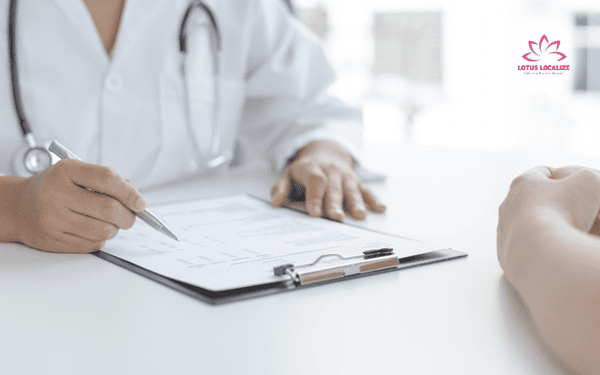
- Telemedicine expansion: With telemedicine gaining popularity, localizing virtual healthcare platforms is becoming increasingly critical. This includes adapting video consultation interfaces and support materials for diverse linguistic groups.
- Global health initiatives: Efforts to address health disparities worldwide are driving the need for localized content tailored to underserved regions. Localization can bridge gaps in communication, making healthcare more accessible to marginalized populations.
These developments highlight the growing importance of medical localization in the future of global healthcare. Staying ahead of these trends requires continuous investment in technology, expertise, and collaboration.
Medical localization is more than just a linguistic exercise; it’s a bridge between cultures, languages, and healthcare systems. By ensuring accuracy, cultural relevance, and regulatory compliance, medical localization empowers companies to connect with diverse audiences effectively. As the industry evolves, adopting best practices and embracing technological advancements will be key to staying ahead. If you’re ready to take your medical content global, start with a localization strategy that prioritizes quality and trust.
Lotus Localize offers professional localization services: game localization, website localization, app localization, software localization… ensuring your message resonates—whether in writing or speech. Let us help you bridge linguistic gaps and connect with audiences worldwide.
Contact us today at our hotline or Whatsapp: + 84 866 224 968 or visit the websites: dichthuathoasen.com/en/. Let Lotus Localize accompany you in bringing products, people, and culture to the global stage, and together, we’ll create miracles!
📩 Ready to expand your global impact? Contact us today to explore our professional biotechnology translation services!
QUALITY PROMISE
At Lotus Localize, we are dedicated to delivering high-quality services and ensuring the utmost satisfaction in every client project. Our team of translators and staff consistently exert effort and adhere rigorously to quality management procedures. This commitment guarantees that each project progresses seamlessly, meets deadlines, and exceeds our clients' expectations.
